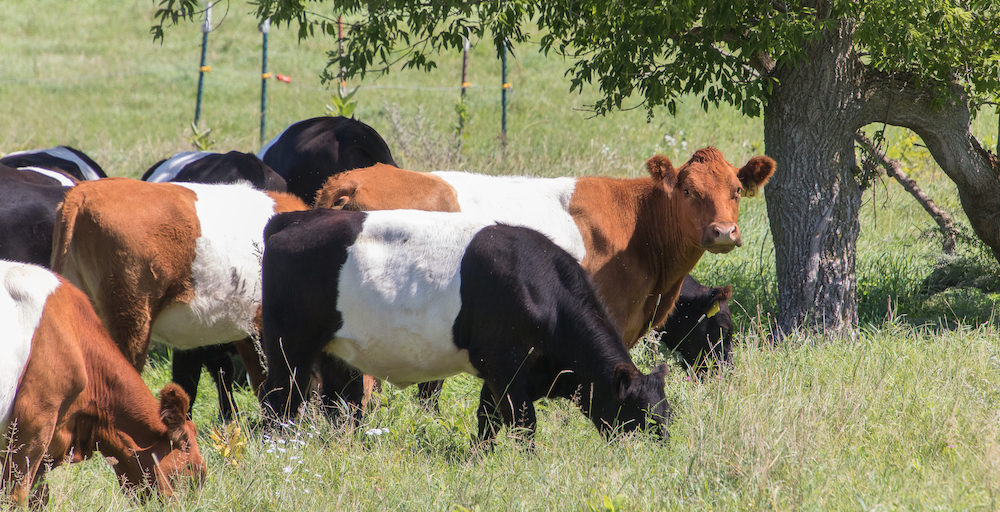Why is it that the hearth breads taste so good? Why do they have those wonderful brown crusts that crunch and shatter when you bite into them? And those holes! When you slice or tear them, their interiors are filled with large glossy holes perfect for holding butter and olive oil and tapenades. Why can’t you make them at home? Do you really need a wood-fired oven?
Hold on…let’s get rid of the myth first. You can bake hearth breads in your home oven. It’s not rocket science, but like anything worthwhile, hearth baking takes a bit of planning and time. Fortunately, however, you’re not chained to your kitchen. On the contrary; you use time, temperature and wet doughs to bend the bread-making process to fit into your schedule.
One strategy is using a pre-ferment – a portion of the total dough that’s mixed hours ahead of the bake. Why? Because a long contact between the water and flour helps free up more of the starches, sugars and proteins that help create great flavor. A pre-ferment also gives the loaf a longer shelf life.
One type of pre-ferment is called a poolish. (Some bread experts believe the term is of Polish origin, hence the name.)
When you’re ready to bake, you combine the poolish with the rest of your flour, additional water, sometimes a smidge of yeast, and salt to make up the final dough.
Loaves made with poolish include ciabatta, pizza, focaccia and other rustic breads.
Learn to make hearth breads using poolish at my hands-on class Tuesday, February 16 at Bull Brook Keep. I’m also holding a class on sourdough breads February 20. Classes are limited to 5 students. For details and to sign up, click here.
Sylvia






























